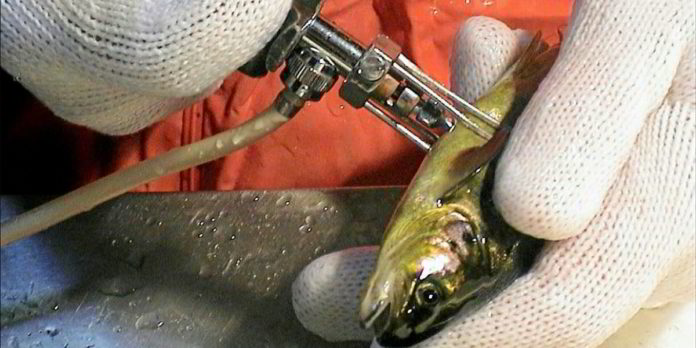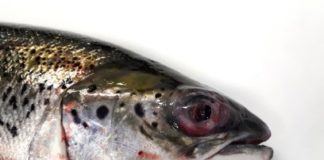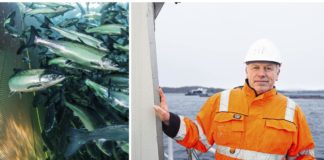Antibiotic use in the Scottish salmon farming industry has seen a 64.5% decrease since 2021.
Scottish salmon farming companies have achieved a substantial reduction in antibiotic medicine use, with a new report from the UK Government revealing a more than 50 percent decrease in antibiotic usage within a year.
The Veterinary Antimicrobial Resistance and Sales Surveillance (VARSS) report by the Veterinary Medicines Directorate indicates that antibiotic use in salmon farming in 2022 was 18.6 mg/kg, a significant decrease from 43.1 mg/kg in 2021.
In 2022, fewer than one in ten seawater farms used antibiotics, and those that did used less than half the amount of the previous year. This suggests that environmental challenges, which could be managed through antibiotics, had significantly reduced.
This decline is attributed to the challenges posed by COVID-19, which necessitated longer periods of fish farming at sea.
In 2017, 3,053 kg of antibiotics were used in the Scottish salmon sector. This figure increased to 8,850 kg in 2021 due to the extended time fish spent in the sea and dropped to 3,141 kg in 2022, representing a 64.5 percent decrease since 2021.
This reduction brought antibiotic use in salmon farming in 2022 close to the levels recorded in 2017 when data was first recorded.
In comparison, pig farming reported antibiotic usage of 71.8 mg/kg, and turkey farming reported 35.4 mg/kg. The sheep and cattle sectors do not publish full data.
Dr. Iain Berrill, head of technical at trade body Salmon Scotland, emphasized the responsible use of antibiotics in the sector.
“Like any medicine, antibiotics are used responsibly, sparingly and only when required in the health and welfare interests of our fish, and only under prescription from licensed veterinarians, said Berrill.
“The requirement to protect our fish from environmental challenges meant a significantly lower level of antibiotics were used in the past 12 months on a very small number of farms.”









